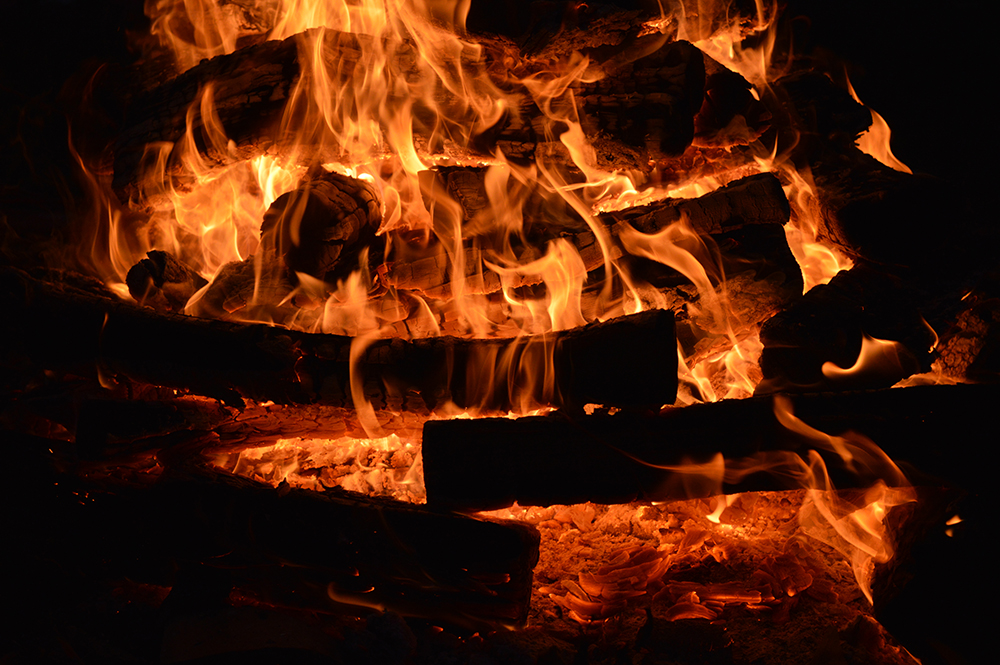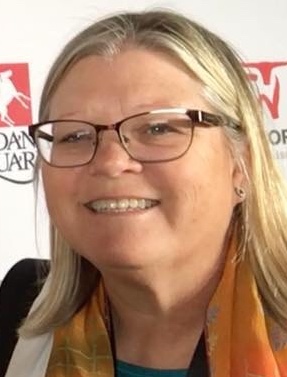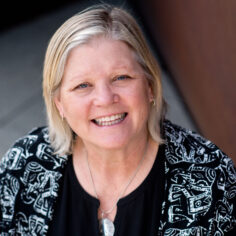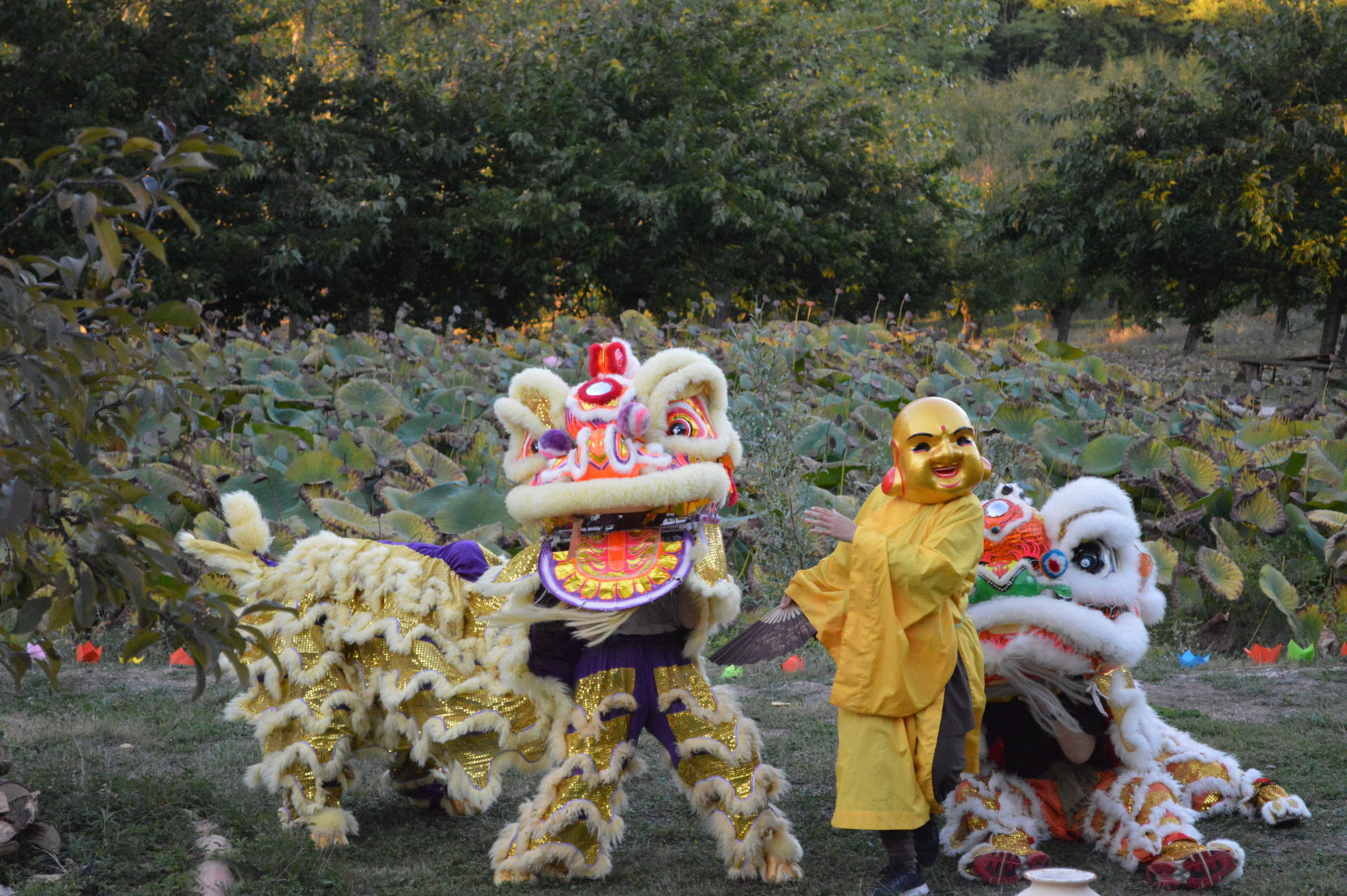By Lisa November in February 2019

The Weston Pass Fire began with a lightning strike in US Forest Service land near Park County Road 22 in Colorado. As the crow flies, it was about four miles from our cabin. The smoke appeared on the first day. The fire didn’t look bad at first; the reports said it’d be around 87 acres.
By Lisa November in February 2019

The Weston Pass Fire began with a lightning strike in US Forest Service land near Park County Road 22 in Colorado. As the crow flies, it was about four miles from our cabin. The smoke appeared on the first day. The fire didn’t look bad at first; the reports said it’d be around 87 acres.
The conditions of drought and mountain winds provided the fuel the lightning strike craved. The fire grew, tripling and quadrupling in a few days: 87 acres; 2,000 acres; 10,000 acres. Finally 13,119 acres. We were never on mandatory evacuation, but multiple times a day, I stood on the back deck facing southeast and looked as the gray plumes of smoke changed and shifted every moment.
Mountain winds are unruly at best and entirely unpredictable at worst. In a few minutes, the wind can shift from the northeast to the southwest and all points in between. This is what makes mountain fires tricky and sometimes deadly. All kinds of emotions came up: anxiety, fear, dread, self-blame, and guilt. “What are the first things I’d grab if forced to evacuate? Why did we ever buy this cabin? How hard would it be to get the insurance company to pay? What if we die here?”
We debated what to pack up if a knock came at the door with a warning of ten minutes to evacuate the premises. We went to public briefings and scoured the news sources for updated information. When the wind shifted from the west and blew from the southeast, we were forced to shut the cabin windows and saw the meadow beyond the aspen trees filled with a hazy smoke. Our throats became achy, our eyes itchy. We had to base all our decisions on guesswork.
We stopped and took a few breaths, realizing this was a prime learning experience. Fire, only 1% contained was burning a few miles away. I walked on the deck; the smoke looked even closer, a fiery red. Wait. Breathe. Could we make a wrong decision?
With some reflection, we realized we couldn’t make a wrong decision. Whatever decision we made would have repercussions, but it would be neither right nor wrong. We spoke with each other calmly and with our hearts full of compassion and understanding. We realized the insight of this unknown event in our lives and made a plan using what we knew to be true at the time. Then we slept on it.
What did we see through these new eyes embracing uncertainty? People came together, bringing water and food to the fire responders and the evacuees. People opened their doors to evacuated strangers. Ranchers volunteered to load up other ranchers’ stock and transport them to their fields of safety. These same ranchers transported wildlife to safe areas. We toted water to the responders. We bought lunch for people we didn’t know but felt a kinship with through the patches on their shirts that read Fire Brigade, Bend, Oregon. We drove through the devastated wilderness and saw firsthand the ravages of fire in the high country. We shed tears and found a deeper well of compassion in ourselves.
A month later, the fire is 95% contained and is still being monitored. The fire responders are cutting lines in the fire and letting some overgrown areas burn. Stumps are still smoldering and can be stirred up again by winds. Another metaphor related to the fire came to mind about applying impermanence in my life.
Four months ago, lightning struck our family with the accidental death of my daughter’s fiancée. I feel like I’m one of the fire responders. We were halfway across the world in Vietnam, and I knew I had to get home quickly. My daughter was in shock and needed me. Arriving less than twenty-four hours later, we were able to be with her and plan the memorial. We dealt with so many issues those first few weeks—we were in the fire.
Now, my daughter is doing as well as can be expected, and I marvel at her resilient spirit. However, the fires are still burning for her. Family, friends—and especially her parents—make up the fire crew supporting her and trying to minimize future damage. Wanting to stop the fires in my daughter’s life is a natural response. But what about letting the old, dead undergrowth burn away with monitoring? Perhaps this is a more valuable response for the health of the overall mountain ecosystem and for my daughter’s growth.
How do I deal with the uncertainty of these events? It’s where my practice has been so valuable. It’s truly like finding a beautiful lotus flowering in the mud or seeing the shoots of a columbine in the burned mountain tundra. Thay writes in Reconciliation, “In our own life, we need to be able to see what we need for our happiness. We also need to assess the needs of the people in our family, our community, our society. When we know what is needed, we know what to do.”1
This means I stop and observe. I listen. I spend less time telling my daughter what she needs and more time listening to her. When I’m on my own, I spend time in silence and meditation. Often I only follow my breathing and gently bring myself back when distracted, like twenty times in sixty seconds. Other times, I offer metta for me, for my daughter, and for the burned mountains.



